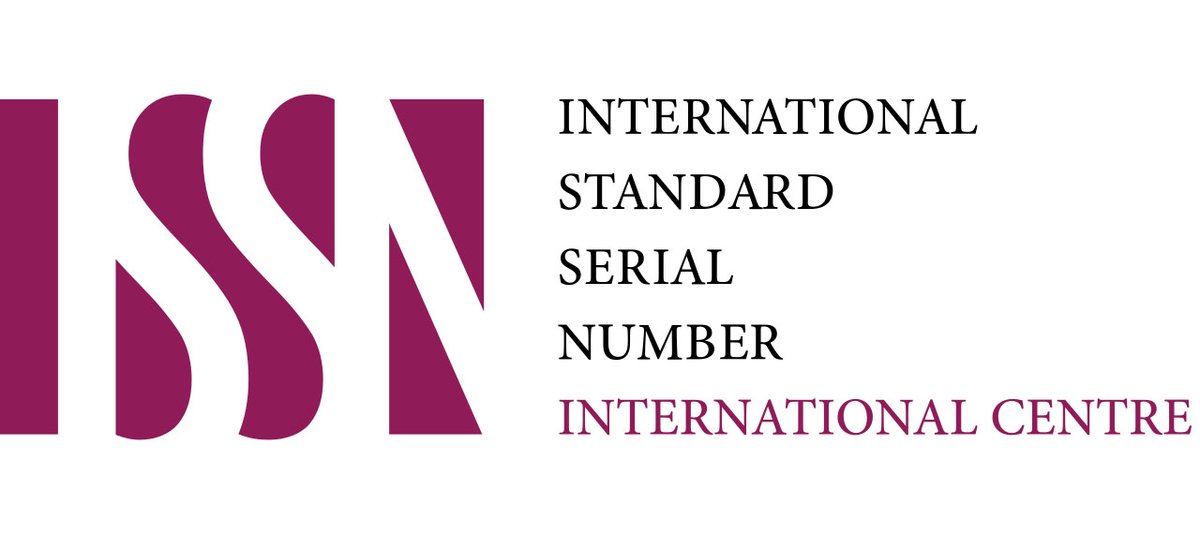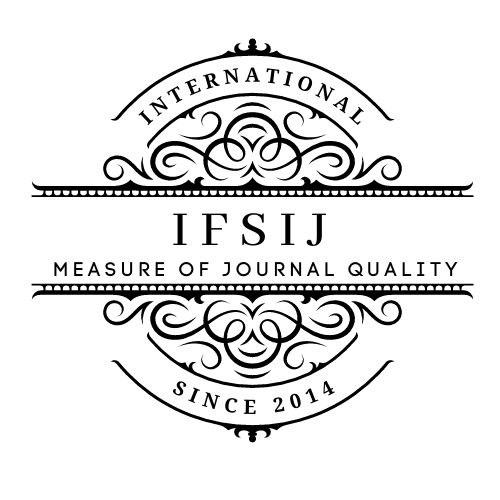A COMPREHENSIVE APPROACH TO THE DIAGNOSIS AND TREATMENT OF FLAT FEET IN CHILDREN
Keywords:
Flatfoot, biochemical markers, connective tissue, orthopedic correction, physiotherapy, children.Abstract
Relevance: Flatfoot is a common orthopedic pathology in children (30–60%), leading to biomechanical disorders, pain syndrome, and postural changes. Traditional treatment methods are not always effective, and the biochemical mechanisms of pathogenesis remain insufficiently studied. Objective: To develop and substantiate a comprehensive diagnostic and treatment method for flatfoot in children, considering biochemical changes in connective tissue. Method’s of research: A total of 88 children (aged 1–14 years) with varying degrees of flatfoot were examined. Clinical, radiological, and podometric assessments were performed, along with the analysis of glycosaminoglycan and oxyproline levels. Traditional and experimental treatment methods were compared. Results’ of research: Flatfoot of grade II was identified in 52.3% of children, grade I in 26.1%, and grade III in 22.7%. Elevated glycosaminoglycan and oxyproline levels were observed, which decreased by 39.2–72.9% after treatment. Clinical and functional improvements were noted in 66% of patients, which is 30% higher compared to traditional treatment. Conclusion: A comprehensive therapy approach, including biochemical correction, physiotherapy, and orthopedic support, significantly enhances treatment efficacy and reduces the risk of recurrence.
Downloads
Published
How to Cite
Issue
Section
License

This work is licensed under a Creative Commons Attribution-NonCommercial-NoDerivatives 4.0 International License.















